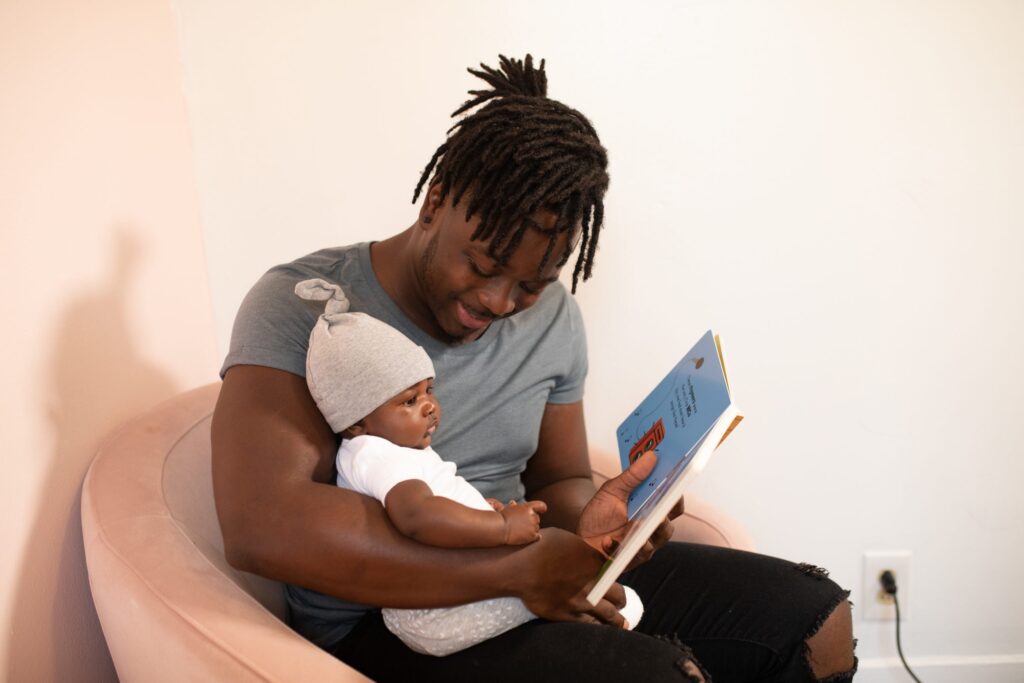How to Build a Great Bedtime Routine
February 21, 2023

Building a great bedtime routine is one important factor in setting up a child for success overnight and establishing healthy sleep habits. A bedtime routine signals to the child that it’s time to settle down and make the transition from being awake to falling asleep.
In building a great bedtime routine, we also need to establish a consistent sleep schedule, an age-appropriate bedtime, and a consistent sleep environment. We’re going to talk in depth about establishing all of these healthy habits.
4 Healthy Sleep Habits For Children
- A consistent bedtime routine
- A consistent sleep schedule
- An age-appropriate bedtime
- A consistent sleep environment
Establishing these healthy sleep habits at an early age can help prevent many behavioral sleep problems that emerge over time.
A Consistent Bedtime Routine
A bedtime routine refers to the steps that help prepare a child for bed. These steps all cue the body’s circadian rhythm that it’s time to prepare for sleep. It should be simple and easy to implement; usually no more than 3-5 steps. All television, video games and other electronics should end at least 1 hour before bedtime as the light emitted from these devices can interfere with the child’s natural melatonin production.
Bedtime Routines For Infants
Most infants will take a bottle or breastfeed before bedtime. I always recommend this feeding be at the start of the routine and occur outside of the infant’s bedroom. The goal is to dissociate feeding with sleep onset.
Sample Bedtime Routine For Infants
First, change the infant into his pajamas in a well-lit space and then you can provide a feeding. Make sure the keep the room well-lit as we want to avoid creating a feed to sleep association. Next, brush his teeth or gums. Now you’ll transition his room to dim light and read a few books together. You then sing one song which will serve as a cue for bedtime. After singing, put the infant into his sleep sack and then it’s time for baby to go into his crib.
Bedtime Routines For Toddlers and Preschool Age Children
A consistent bedtime routine is hugely important in this age group as they often struggle with the transition from daytime to bedtime. With this age group, creating a bedtime routine book or visual checklist can be hugely helpful. A book or visual checklist tells the child the next step in the routine and helps avoid bedtime battles.
Sample Bedtime Routine For Toddlers and Preschool Age Children
After dinner and bath time, have your toddler brush her teeth and put on her pajamas. With dim light in her room, read a few books together. Next, tuck her into her crib or bed. You will then sing one-two songs which will serve as a cue for bedtime. After singing, it’s time to say goodnight.
Bedtime Routines For School Age Children
The bedtime routine in this age group can become increasingly independent. After dinner and bath time, your child should brush his teeth and put on his pajamas. With dim light in his bedroom, you can read part of a book together or your child could read aloud to you as well. You may sing a song before saying goodnight if your child still enjoys this.

A Consistent Sleep Schedule
Ideally, the child should go to bed and wake up at the same time 7 days per week. Maintaining a consistent sleep schedule helps keep the circadian rhythm strong and in balance resulting in better sleep quality and quantity. Inconsistent schedules can result in difficulty initiating sleep, bedtime battles, and difficulty waking in the morning.
Typically, maintaining a consistent sleep schedule is easier with infants, toddlers and preschool aged children. For older children, I recommend that bedtime and wake up times on the weekends and during school breaks be no more than 1 hour later than during the school week.
An Age-Appropriate Bedtime
Understanding the required amount of sleep based on the child’s age is critical to figuring out the bedtime. For children who need to wake up at a specific time to get to school or daycare, you will work backwards to set a bedtime. This is based on what time the child needs to wake up and how much sleep they need. For example, a 6 year old who needs to be awake at 7am for school and needs 10-11 hours of sleep will need to go to bed between 8-9pm. For most infants and toddlers, this will mean a bedtime between 7-9pm. Generally, preschool age and older children will benefit from a bedtime before 9pm.
A Consistent Sleep Environment
The sleep environment of the child should be the same all night, every night. Children will naturally wake up during the night. It’s critical their bedroom environment is the same in the middle of the night as it is at bedtime to help facilitate the child falling back asleep independently. I recommend you imagine your child’s bedroom at 2am and try to recreate that same environment at bedtime. Think about lighting (nightlight vs no light), sound (silence, fan, sound machine), presence/absence of the parent, and stuffed animals, etc.
If you’re struggling to set up a consistent bedtime routine and help your little one sleep independently, I invite you to schedule a no cost consultation call to see how I can help you. You can book your call here today!